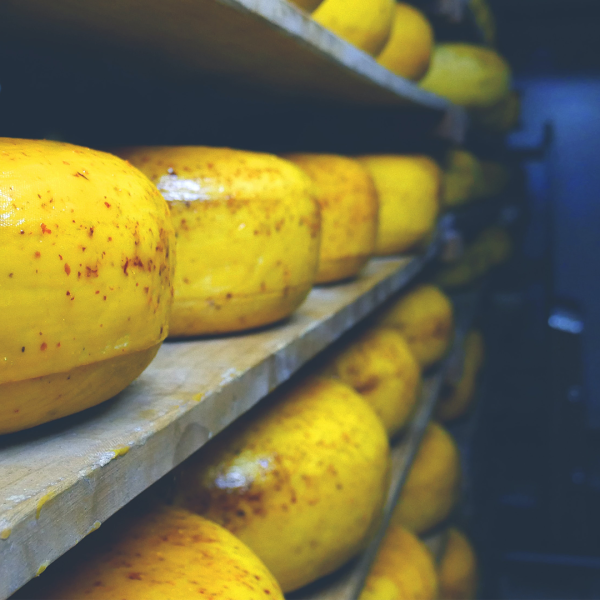Traceability
Handling different batch numbers
In the food industry, there are strict requirements for batch numbers. They must be included due to traceability and possible food recalls.
Our sales orders can show country of origin, different batches according to which batch their item was produced in, last sale date and production date. This information is included on each line item as a sub-information.
This is relevant if, for example, a customer has purchased 1000 liters of milk and the pallet consists of five different production batches with different expiration dates – but only one batch needs to be recalled. Then the customer can quickly find this data on the sales order and dispose of the recalled goods.


Catch weight measures by weight instead of unit
Manufacturing companies, especially in the food industry, often need to present a price per kilo per item. It’s not always 1-1, for example in cheese production.
The final product will not be “1 box = this price”, even if the item number is the same. The price depends on the weight of each box when the goods are produced.
You can use the catch weight principle that exists in the ERP system. This involves going in and marking that an item is measured by weight instead of a fixed unit weight.
Catch weight with/without Lasernet
Catch weight is not standard in Dynamics and requires a lot of programming if used without Lasernet.
With Lasernet, you need to program a few extra fields in Dynamics to store these values. When the data comes over to Lasernet, we’ve done all the extra calculations over there so that the right numbers appear on the sales order.


More accurate sales orders with catch weight
Catch weight is built into the Lasernet form, which is set up to monitor that if it is a catch weight item, the price should be displayed in one way, and if it is a fixed unit weight item, the standard price should be displayed.
In addition, we also customize the report to fit with line totals. Net and gross weight incl. pallets etc. are also included on the sales order.
The final sales order includes weight information on every conceivable parameter. Weight is also deducted from packaging and other parameters, such as the water in which cheeses are often placed, so that only the cheese itself is taken into account. This results in a more accurate sales order – and happy customers.
Want to learn more about the possibilities of using a Document Management solution from Tabellae and how we can help your business?
Send me an email and I’ll contact you to set up a time for a counseling session that suits you.
